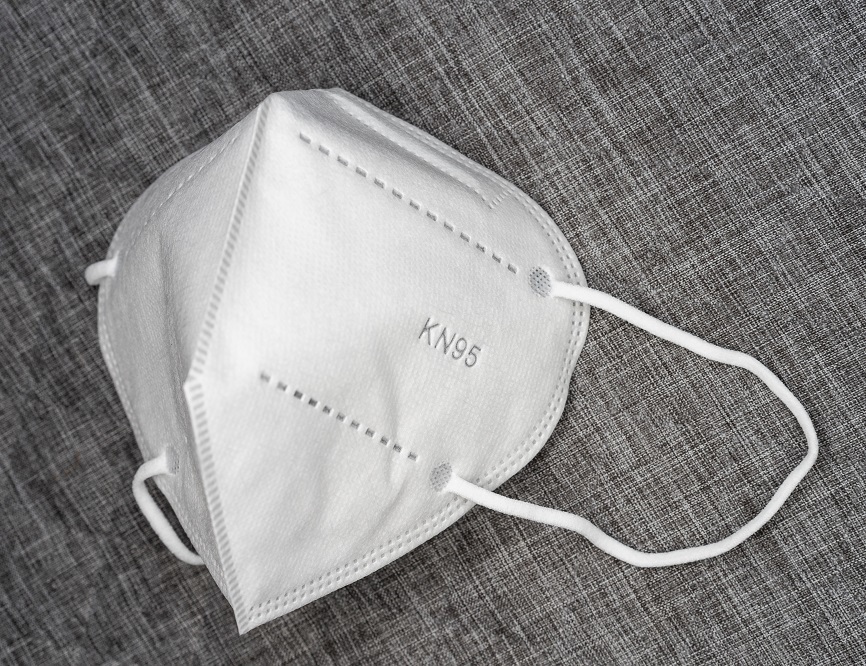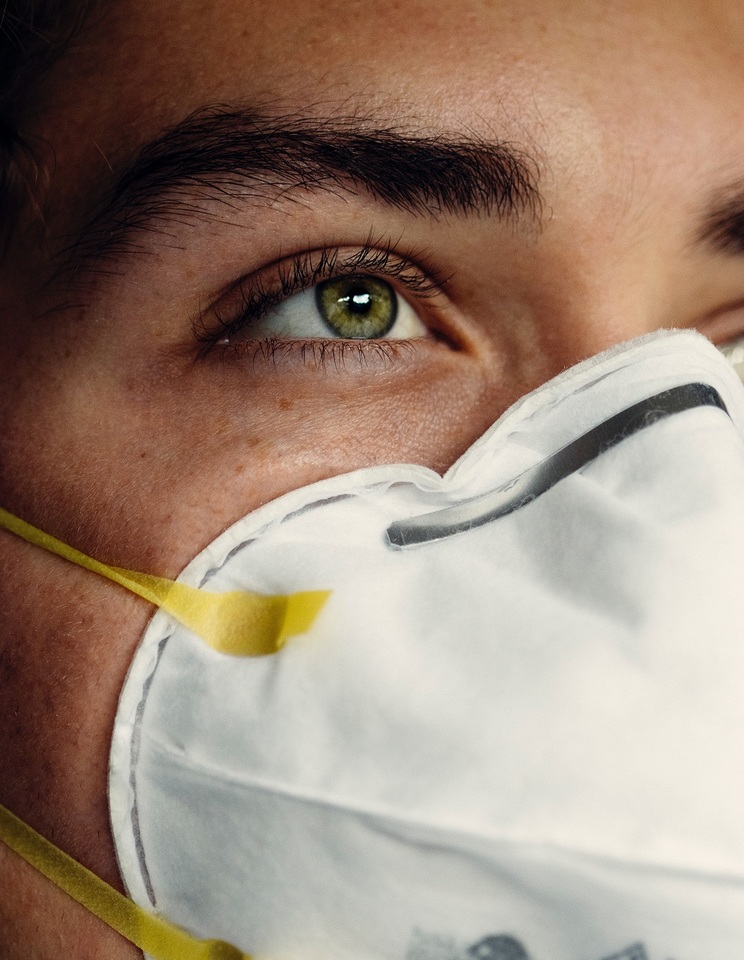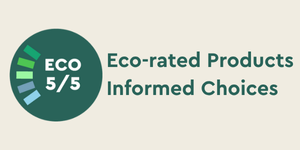Face masks - cloth, surgical, P2, N95 or KN95
To help stop the spread of Covid-19 pandemic, Kiwis have been encouraged to wear face coverings.
But how much can a mask really protect you against a highly transmissible virus, and does your choice of mask have a significant impact on that protection?
Mask can stop the invisible baddies
Masks can help to block viral particles expelled by an infected person, which can take the form of either droplets or tiny aerosols.
Omicron is so aerosolised that the particles that float in the air are truly tiny. When you inhale, you're breathing in those miniscule respiratory particles. As people could be infectious and unaware of it, wearing a good quality mask that fits well and covers your mouth and nose is important.
So, let’s look at what people are doing to protect themselves and others against the virus through mask use and how they we can possibly improve things.
Which face masks provide the best protection?
Many people in New Zealand choose to wear a fabric cotton mask, some opt to make use of disposable or surgical masks. There are masks with exhalation valves, masks with wool filter inserts and even masks that claim to be self-sterilising. Other masks are marked as KN95, N95 or P2.
That’s a lot of masks.
A well-fitted mask is as important as the material. It's the combination of fit and filter that really does the work. If you've got a poorly-fitting mask, then it really effects the protection it offers.
If possible, we should all be wearing a P2, N95 or KN95 mask, or if we can’t, then wearing a surgical mask with a close-fitted fabric mask over it is the next best thing.
Let’s quickly analyse the mask options out there.
Cloth masks
We’re being told that we should ditch cloth masks or use them only as a last option. Basically, cloth masks offer no guarantee on their level of filtration, so it’s difficult to tell whether they are actually offering any protection at all. In fact, test show that cotton masks only stopped 10 percent of particles. Even when triple layered, the material still only stopped 40 per cent.
Granted, cloth masks can look cool, so it is understandable that people want to wear them. Cloth masks can be more effective when a proper filter layer, such as an PM2.5, is inserted. You might also consider double masking, i.e., wear a fabric mask over a surgical mask.
Surgical masks
Surgical masks are intended to protect others, not the wearer. They were never designed to protect against very contagious respiratory illnesses like Covid-19 because they often have big gaps around the sides, where the virus can easily sneak past. Surgical masks are used to protect patients, such as when a health professional sneezes or coughs while over an open wound.
However, surgical face masks do a better job than cloth masks and can be washed. They can also be made more effective when adjusted to fit better to provide a good seal.
 KN95 masks
KN95 masks
KN95 respirator masks are made of five layers of filters and use a mechanical filter to block up to 95 per cent of harmful particles. Unlike P2 or N95 respirators, most KN95 masks tend to have ear ties instead of ear straps, so often don't fit as snugly; it may be difficult to achieve an adequate fit.
N95 and the P2 masks
N95 and the P2 masks are essentially the same mask. In the USA, the term N95 is used more often. Basically, P2 is traditionally an industrial respirator standard, where N95 is a medical one.
Designed to protect the wearer from airborne contaminants, these masks form a seal over the mouth and nose to block up to 95 per cent of particles, but the mask must be fitted and adjusted correctly to be effective.
Is it safe to reuse masks, considering how infectious Omicron is?
Yes, reusing a mask is safe. For most people and in most situations, you don’t need to chuck your P2, N95 or KN95 mask out after each use, or each day. A mask is still wearable if its elastic bands continue to create a secure fit and the material looks clean and provides good airflow.
According to the CDC, you can re-wear a mask after you have stored it in a paper bag for a few days. The coronavirus has an expected survival time of about 72 hours, so leaving you mask for about five days should be enough time for it to become inactive. Though you may be tempted to rinse or wash your used P2, N95 or KN95 mask, don’t do it. Getting a P2, N95 or KN95 mask wet or rubbing with soap can damage the material.
How Insinc can help
We sell a range of face masks, both for individuals and also in bulk for businesses. If you have any questions re KN95, N95 or P2 face masks, please get in touch. Either call us on 0508 467 462 or send us an email. We'd love to help you out.
Posted: Monday 24 January 2022


